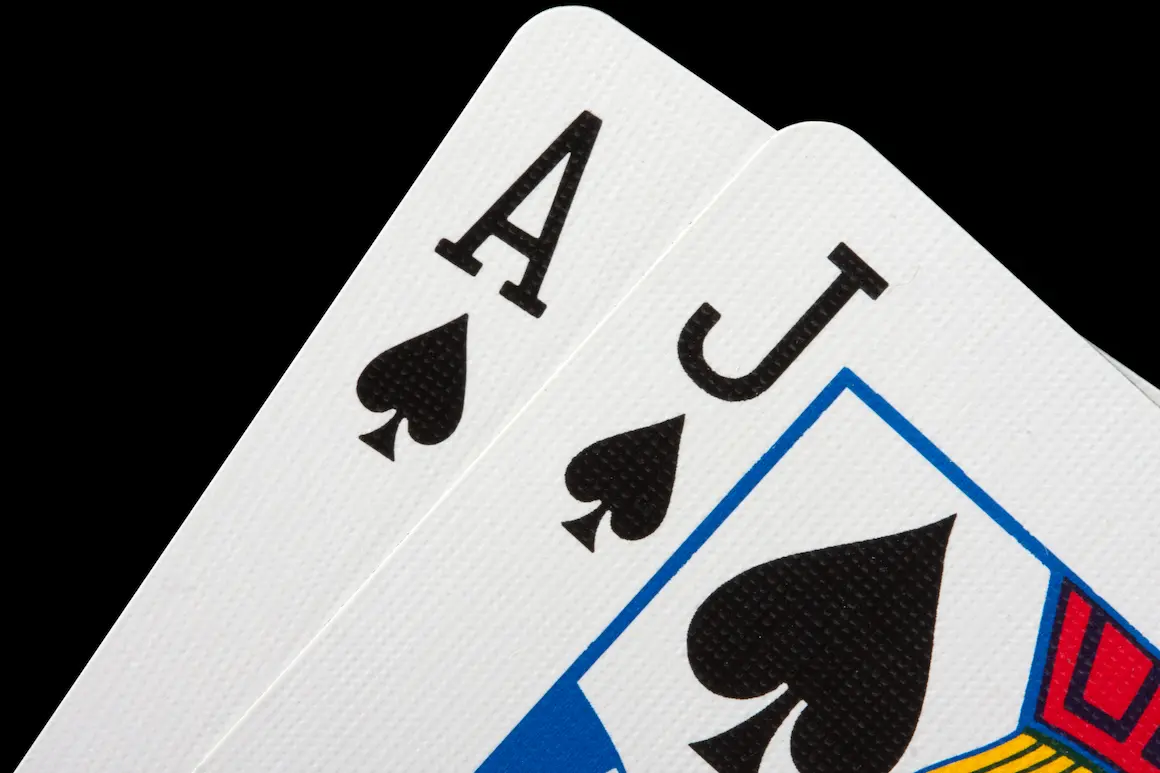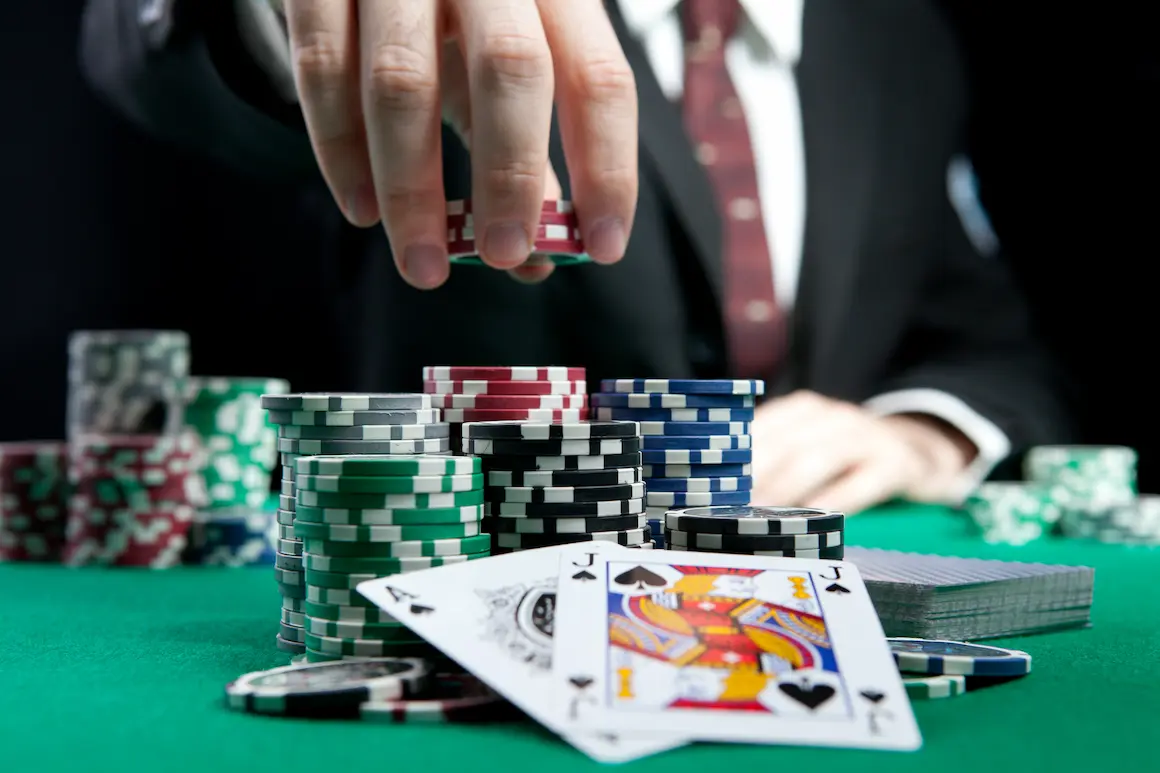 Article Contributors
Article Contributors Blackjack first appeared in the 17th century: members of the upper class entertained their guests with a card game. Over the centuries, the essence of the game has not changed. In addition, its popularity among gamblers has increased many times.
Card counting method in blackjack game

The task of a successful player is to beat the dealer. In this game, there is only one opponent, regardless of the number of players at the table. The essence of the game is to collect a winning combination of cards. Unquestionable win – 21 points in total on hand. Overshoot means defeat. All other options are compared with the dealer’s cards: whoever has the number of points closer to 21 wins.
The level of preparation for the game depends on the ultimate goal of the player. If a thrill-seeker sat down at the card table in order to have a great evening, in this situation there will be enough of a good mood and faith in luck. If the player is a professional who wants to get the maximum profit, then he will have to try accordingly.
Mathematician Edward Thorpe developed a manual that allows you to count cards and increase the probability of making the right hand. The fact that the cards are not returned to the deck, which means that each subsequent game is inextricably linked with the previous. If you keep track of the cards that have been issued, you can assume which cards are still in play.
The basic scoring system is called «plus or minus». This is the simplest and most understandable option for the player. Cards 2 to 6 have a value of “-1″; 7-9 value “0”; 10, pictures and ace – “+1”. The total amount of the deck is usually 80-90. The higher the score, the higher the chance of winning. This counting option is also suitable for online-blackjack, which is very important: this game does not require the personal presence of a participant.
Casinos around the world offer a wide variety of variants of this card game. Two of them enjoy the special attention of visitors. American blackjack is played with one open and one closed card at the dealer. If the opened card is 10 or an ace, the hidden card is also revealed. In the European variant, the dealer receives a second card at the very end, after a set of all players. There are less well-known ones: blackjack in the open, super fan, Caribbean 21.
It’s logical that if all players could count cards, and the casino did not oppose this, then all gambling establishments would work at a loss. In order to avoid such a fate, casinos have improved the original rules of the game by adding many nuances and additional features. However, the chance to increase the probability of your own winnings by card counting is quite high; even beginners in gambling should not neglect it. The bottom line is that any decision of the player directly depends on the game situation at a given moment. It is almost impossible to plan the course of the game in advance.
Blackjack, like no other game, is topped with myths and tips from “experienced” players. However, they do not always carry the correct information: a subjective opinion based on personal experience can hardly be called a reliable source. Let’s take a look at the most common options in which players often make simple but fatal mistakes.
How to play complex card combinations correctly

- Split on two eights
Many experienced players do not recommend splitting in the case of two eights and nines in the dealer’s hand. However, according to statistics, 16 points to 9 is a sure bet failure. Some experts consider the double of eights to be almost the worst of the possible options. In this case, it is definitely worth trying to break one hand into two. In this way, the participant will provide himself with an additional chance.
- Split on two nines
If it happened that you became the owner of two nines, and the dealer also has a nine, but one, the split is very relevant. 18 points is not the best position. In this case, the division of nines into two hands will give an additional opportunity to win.
- Split on two tens
But in this case the situation is the opposite. Staying with 20 points is more profitable than splitting them into 2 bets. It has been proven that without a split, a hand with two 10s wins 7% more often. So why take unnecessary risks and weaken your own position?
- If there are two cards in the hand with a total of 12 points
When the player has 12 points, and the dealer has 2 or 3, you should ask for an additional card. Many people are afraid of busting, but according to mathematical calculations, this option is possible only in 4 cases out of 13. Of course, the option is quite risky, but leaving the situation as it is is almost always equivalent to losing the bet. First of all, this advice is relevant for those who are on the last box.
- What to do with “soft” 18
Often people can hear that 18 points is quite a good combination, which is better left unchanged. In fact, it is not quite true. Since the dealer is required to score a minimum of 17 points, there is a high probability that he will score 19, 20 or even full-fledged blackjack. If in this situation to take advantage of the ability to count out cards, the decision to take a card or leave everything as it is, will be more balanced.
- “Equal money”
This term is used when a player is holding 21 points and the dealer’s first card is an ace. Then the casino employee can offer payment of winnings according to the 1:1 scheme. If the player refuses, and the dealer also has a blackjack, the player’s bet is a loser. But if the dealer does not collect blackjack, the bet will be paid according to the scheme 3:2.
The “equal money” function is a kind of insurance, which is beneficial only with a large number of left tens in the deck. The average chance of a dealer having blackjack is 4 out of 13. This is just the moment when the risk is most justified.
- Refusal to continue the game on the right time
The decision to end the game ahead of time is extremely difficult for some players. Some consider this weakness and self-doubt. From a professional point of view, the correct assessment of the current situation and the rejection of unjustified risk indicate a high level of the player and a sound approach.




